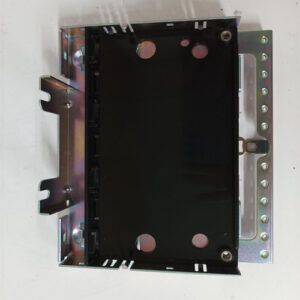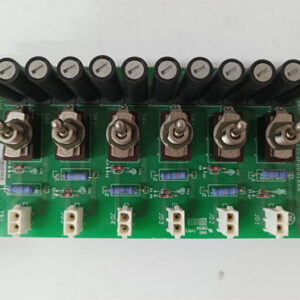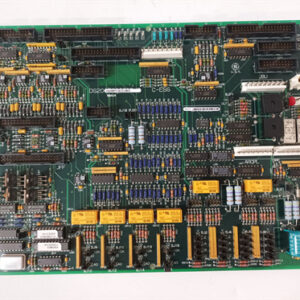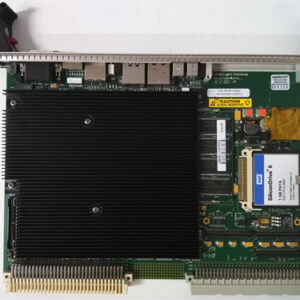الوصف
GE DS4815DMCA HMPK, DMPK LOCAL CTR
The GE DS4815DMCA is a Local Controller Card for the Mark V Speedtronic turbine control system. Its primary function is to serve as a specialized co-processor that assists the main HMPK (High-speed Microprocessor) card. This architecture is designed to offload specific tasks, thereby enhancing the overall performance and reliability of the control system.
Technical Breakdown 🧠
This card is a key component in the Mark V’s distributed processing architecture.
- Co-processing Function: The
DS4815DMCAworks in parallel with the mainHMPKprocessor. By handling specific, often complex or data-intensive tasks, it frees up the main CPU to focus on critical control loops and time-sensitive operations. This approach ensures that the control system can maintain its responsiveness even under heavy computational load. - Distributed Processing: This module exemplifies the concept of distributed control. Instead of a single processor handling all tasks, the computational load is shared across multiple dedicated cards. This not only improves performance but also adds a layer of redundancy and fault tolerance to the system.
- System Integration: The
DMCAcard plugs into the main backplane of the Mark V control panel, allowing it to communicate directly with the main processor and other I/O modules. It processes data and executes its assigned tasks to provide expanded control and monitoring capabilities.
Applications 🏭
The DS4815DMCA is a key component in Mark V control panels for:
- Complex Control Algorithms: Enabling the system to execute sophisticated control logic for advanced turbine operations.
- High-Speed Data Processing: Handling extensive data logging, diagnostics, or communication tasks without impacting the core control functions.
- Enhanced System Performance: Improving the overall speed and responsiveness of the turbine control system.

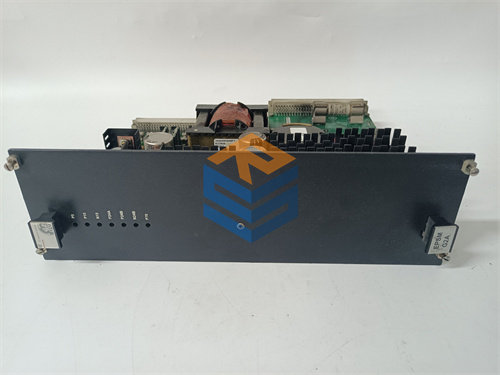
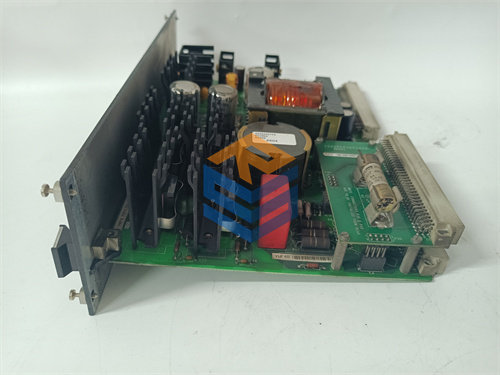

 +86 15340683922
+86 15340683922 +86 15340683922
+86 15340683922